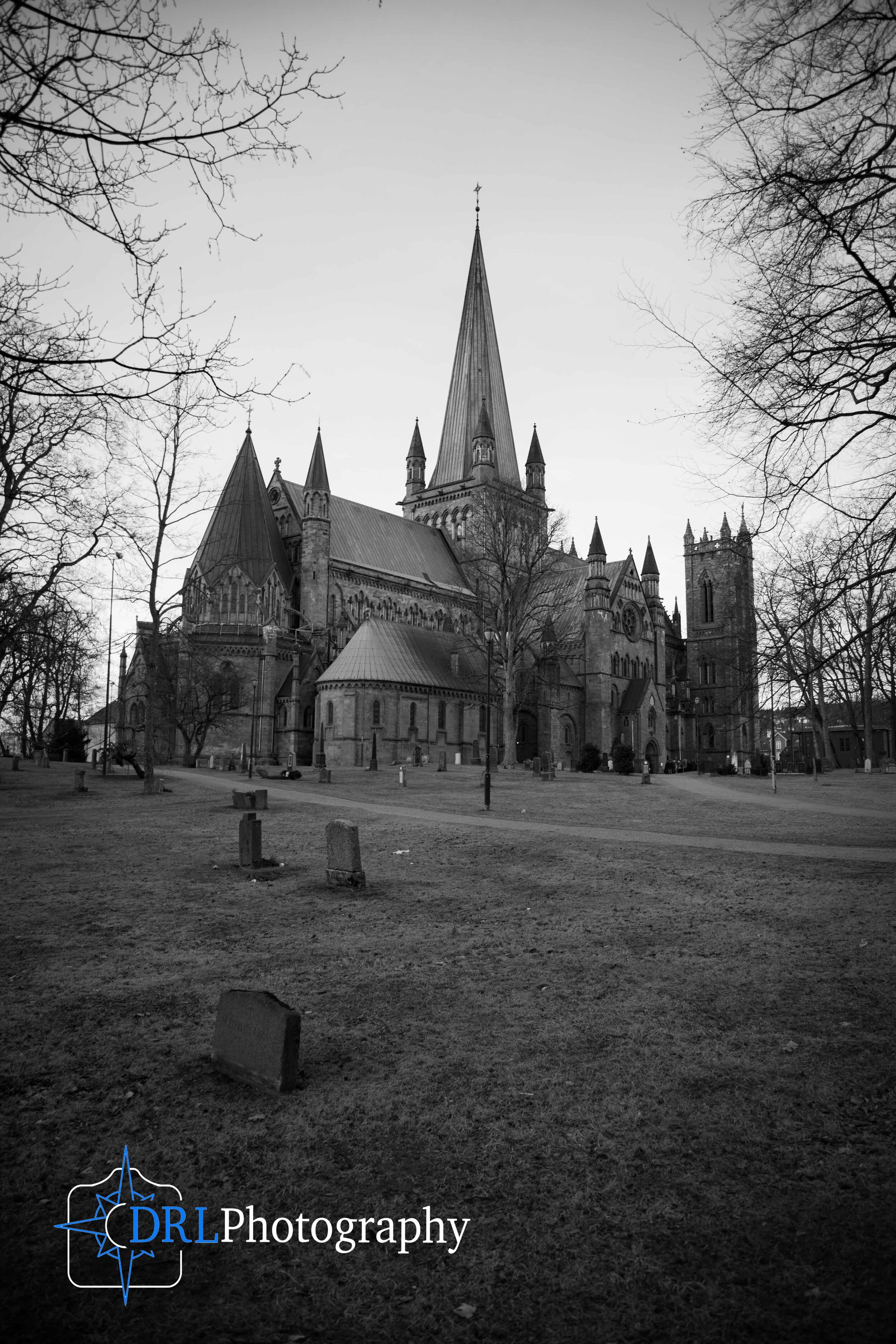Frame within a Frame
This is a simple idea but can be difficult to master. The idea is to frame your subject with something else.
That’s it! So simple! But to get it right is really difficult.
When we say frame, most people think about the wooden surround of a picture. That is a great example of a frame but it’s not the only one. Frames are used for pictures to protect them and to bring a focus to the picture.
It makes the painting or photograph stand out from the wall upon which it sits. It makes the presence of the picture known and draws your interest to the picture.
However the best example of a frame for this purpose is windows!
Windows are the biggest example of a frame for us.
If an architect knows the place well then they will try to design the windows to capture a particularly beautiful scene of the landscape. If an architect can do that then you know that they are passionate about their craft.
Unfortunately most house builders don’t think about that. But have you ever been in a house and looked through the window at the landscape beyond and thought: ‘Wow, that is perfect.’
Windows have the unique ability to draw you from the inside to the outside, to create a connection between the landscape and the building that is only perceptible from within the protection of the house.
They isolate a particular part of the landscape for us, so we are not distracted by the vastness of the land before us. That is what this composition is about.
It’s about creating a connection between 2 things and isolating the main subject.
The Diagram
Above is the diagram I used in my post Top 10 Composition Techniques for Landscape Photography, to demonstrate the concept of a frame within a frame.
There is the black edge to the diagram which represents the edge of the image, and there is the grey surround which is meant to represent an element from the environment, which is being used to frame the subject of the triangle.
I tried to make the diagrams simple and self explanatory.
But the key to this concept is not to take it too literal. The frame can be many things, such as: windows, doors, tree branches, fencing, bridges, etc.
They can be created from a combination of elements, for example: mountains and a river isolating a church.
The frame doesn’t have to be completely square or complete at all.
The idea is simply to draw your attention to the true subject of the image and to lead you into the picture. Do you remember in cartoons there was always a tunnel that had been painted on the wall yet seemed to draw you to look through to the other side? That is the effect you are trying to create!
Example 1
This image is from Monaco, I looked through the window and saw how the palace on the peninsula was perfectly framed and thought, “That is an amazing image, I need this!”
I loved the way you can see the relationship of the peninsula with the sea and sky, the marina at the bottom of the cliffs, it made the palace seem impenetrable and in the perfect position to protect the bay below.
The way the window isolated this scene from the rest of the city, made me include it in the image.
I mean I could have tried to crop it out and use the camera as the frame for the scene, but I felt that the window just added an extra element to the picture and drew me into the scene to examine it more than if I had excluded it.
What do you think?
Example 2
I took this image last year (2018) on a river that feeds into Loch Ness in Scotland. This not only has an example of a Frame Within a Frame but also of Leading Lines.
The bridge and the foreground are acting as the frame for the forest scene beyond, and the river is helping you by leading you into the scene.
This is a great example of the cartoon tunnel effect I talked about above, where the scene seems to be continuing on through the bridge and it makes you want to see what’s at the end of the tunnel and beyond.
Example 3
This is a more conceptual example of a frame, as the branches of the trees are framing the cathedral of Trondheim in Norway.
The graveyard in the foreground and the surrounding branches draw you into the picture, they evoke the sense that you are standing there about to walk towards the Nidaros Cathedral, to examine the gothic adorations of the architecture.
The frame is isolating the cathedral yet it doesn’t impose on the presence of the building, you still get a sense of its size and grandeur.
Conclusion
Frame within a frame can be a great tool that draws the viewer into the scene. It should be used to create a connection between you and the landscape. There are many ways to create a frame from the environment, I’ve given you 3 examples from my portfolio and I hope that they inspire you to add this technique to your landscape photography repertoire.
Related Articles
Written by Daniel Long
Daniel Long created DRL Photography as a place to showcase his work as a photographer. Daniel has learnt a lot about photography and wishes to impart this knowledge with you, although the world is an ever changing place and he always says “you can never learn everything.” So as he makes his way, he continues to learn knew techniques, skills and information about photography. He focuses on Landscape and Wildlife photography and Daniel has a special focus on Scotland, his home away from home. As well as writing about photography and taking pictures out in the field, Daniel offers guided photography days so he can share his knowledge and locations in an effort to give his clients the best opportunities possible. Have a browse around this website to see his images, guided experiences and articles about photography. If you have any questions don’t hesitate to get in contact.






















